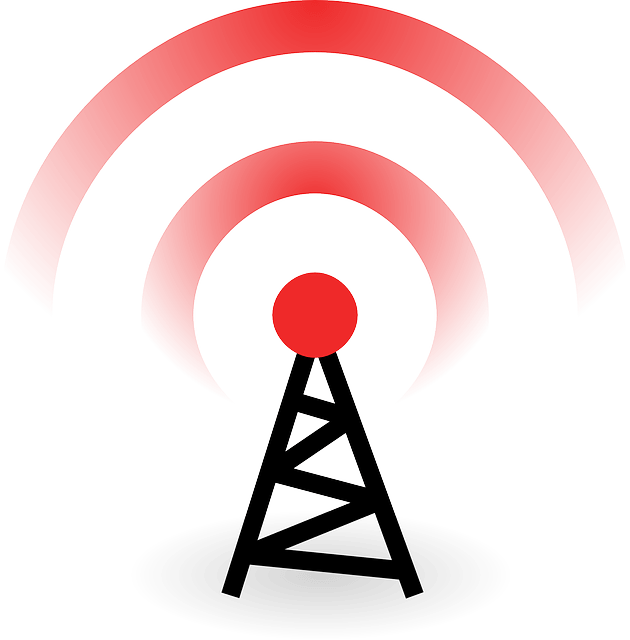5G is the next generation of telecommunication that will succeed 4G in the coming years. But what does 5G mean, and how much better is 5G than its predecessor? Before we can answer these questions, we need to look back on 4G’s debut in 2009 to learn how each generation is fundamentally different than its forerunner.
What is 4G?
4G was formalized in a set of standards by the International Telecommunications Union-Radio (ITU-R) to guarantee faster speeds and a more robust network. Unlike 3G’s hybrid “hub and spoke model,” where data is sent to a centralized hub before distribution to the recipient, 4G was required to have all-Internet Protocol packet-switched networks1. Essentially, 4G created smaller pieces of data that would be distributed throughout multiple networks with the least amount of traffic, easing the congestion of data and allowing more people access to the internet through mobile devices. For example, Apple’s iPhone 11 and iPhone SE (2nd generation) and Samsung’s Galaxy A51 are 4G mobile phones.

How fast is 5G?
The difference between 4G and 5G
5G offers numerous improvements over 4G. 4G was required to provide peak data rates of 500 megabits per second (500 Mbps) upload and 1 Gbps downlink2. 5G, on the other hand, provides peak data rates of 10 Gbps uplink and 20 Gbps downlink2 while boasting latency, the time between data communication, as low as 4 milliseconds with 1 millisecond in special use cases3.
How is 5G capable of providing an extraordinary amount of speed to a larger number of users? 5G is that fast because it uses higher frequency millimeter waves (mmWaves)4. 3GPP, another international regulating body, designated mmWaves to be found within the 30 to 300 gigahertz (GHz) band of radio frequencies5,6. While mmWaves can deliver a great deal of information and handle even more users than 4G, these waves have poor obstacle penetration capabilities and require a shorter broadcasting distance. To compensate for these discrepancies, 5G will require a larger infrastructure to better interface with users. Technologies have also been created or upgraded from existing 4G technologies to improve signal quality, further reducing data traffic congestion, and providing 5G with higher data speeds. 5G towers may utilize beamforming6, which prevents competition amongst users and directs radio waves to target multiple users6. This technique allows devices to occupy similar frequency niches inside the same cell. Massive multiple input and multiple output (MIMO) antennas can further increase the capacity of each tower’s ability to communicate to multiple users by adding more nodes that can cooperatively signal users6. Basically, massive MIMO technology is like picking out a particular conversation out of a very large crowd; it can interpret information from multiple sources within the same frequency.

Benefits of 5G
5G’s fast-speed low-latency communication creates new avenues of innovation in areas such as healthcare, entertainment, and infrastructure. 5G can serve as a general internet provider7 for a greater number of devices, allowing for better cell reception in crowded areas and upgrade livestreaming capabilities8. Mobile phone companies have already used the 5G technology in their products: Apple’s iPhone 12 and Samsung’s Galaxy S20 are 5G mobile phones. 5G can also enhance machine-to-machine communication for faster sensing technologies that can be used in conjunction with an improved internet of things. By networking physical objects and allowing them to exchange data over the internet, 5G will enable machines to better interact with their environments and communicate amongst themselves to coordinate tasks more effectively9. Additionally, the applications of wearable technology for healthcare purposes could be useful in monitoring conditions of patients and notify medical professionals of changes in real time10,11. Autonomous vehicles using 5G technology will also be able to make essential decisions rapidly and sooner than current 4G technology because of the increased sensor capabilities12.
5G’s improvements in interfacing and data speeds will revolutionize access and communication of information. As of today, the first full-scale deployment of commercial 5G will arrive very soon and will undoubtedly lead to an immense improvement to our quality of life.
References
- (2008). Requirements related to technical performance for IMT-Advanced radio interfaces. 8. https://www.itu.int/pub/R-REP-M.2134-2008
- Maskooki, A., Sabatino, G., & Mitton, N. (2015). Analysis and performance evaluation of the next generation wireless networks. In Modeling and Simulation of Computer Networks and Systems: Methodologies and Applications. Elsevier Inc. https://doi.org/10.1016/B978-0-12-800887-4.00021-3
- Dahmen-Lhuissier, S. (2019). Mobile Technologies – 5g, 5g Specs: Future Technology. Retrieved November 14, 2020, from https://www.etsi.org/technologies/5g.
- Rappaport, T. S., Sun, S., Mayzus, R., Zhao, H., Azar, Y., Wang, K., Wong, G. N., Schulz, J. K., Samimi, M., & Gutierrez, F. (2013). Millimeter wave mobile communications for 5G cellular: It will work! IEEE Access, 1, 335–349. https://doi.org/10.1109/ACCESS.2013.2260813.
- “3GPP specification series: 38series”. 3GPP. Retrieved 2019-02-22.
- Vook, F. W., Ghosh, A., & Thomas, T. A. (2014). MIMO and beamforming solutions for 5G technology. IEEE MTT-S International Microwave Symposium Digest. https://doi.org/10.1109/MWSYM.2014.6848613.
- Abdelwahab, B. Hamdaoui, M. Guizani and T. Znati, “Network function virtualization in 5G,” in IEEE Communications Magazine, vol. 54, no. 4, pp. 84-91, April 2016, doi: 10.1109/MCOM.2016.7452271.
- Lai, R. Hwang, H. Chao, M. M. Hassan and A. Alamri, “A buffer-aware HTTP live streaming approach for SDN-enabled 5G wireless networks,” in IEEE Network, vol. 29, no. 1, pp. 49-55, Jan.-Feb. 2015, doi: 10.1109/MNET.2015.7018203.
- Ali, A., Chen, Z., & Lee, J. (2008). Web-enabled platform for distributed and dynamic decision-making systems. International Journal of Advanced Manufacturing Technology, 38(11–12), 1260–1270. https://doi.org/10.1007/s00170-007-1172-z.
- Ahad, M. Tahir and K. A. Yau, “5G-Based Smart Healthcare Network: Architecture, Taxonomy, Challenges and Future Research Directions,” in IEEE Access, vol. 7, pp. 100747-100762, 2019, doi: 10.1109/ACCESS.2019.2930628.
- Chen, Y. Ma, Y. Li, D. Wu, Y. Zhang and C. Youn, “Wearable 2.0: Enabling Human-Cloud Integration in Next Generation Healthcare Systems,” in IEEE Communications Magazine, vol. 55, no. 1, pp. 54-61, January 2017, doi: 10.1109/MCOM.2017.1600410CM.
- Mavromatis, I., Tassi, A., Rigazzi, G., Piechocki, R. J., & Nix, A. (2018). Multi-radio 5g architecture for connected and autonomous vehicles: Application and design insights. ArXiv, 1–10. https://doi.org/10.4108/eai.20-3-2018.154368.
———————————————————————————————————————————————–
